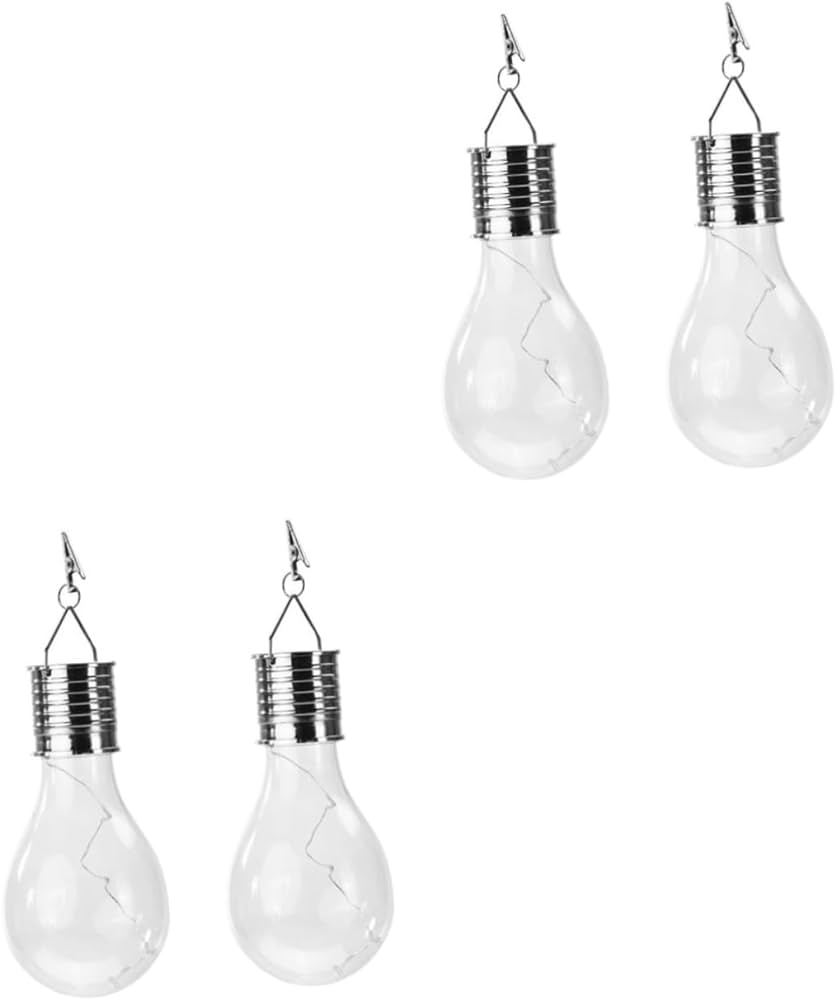Exploring Wholesale LED Lighting with Import Insights
Exploring Wholesale LED Lighting with Import Insights
Blog Article
For companies purchasing in volume, choosing the right wholesale LED supplier is essential to balance quality and cost.
From technical specs to application guidance, we’ll help you understand what makes one solution better than another.
Let’s start by looking at the reasons why sourcing LED lighting wholesale is not only cost-effective—but also the smarter long-term choice for industrial facilities.
Why Choose Wholesale LED Lighting
For industrial operations, these benefits translate directly into savings on both procurement and energy use.
Working with an LED importer or distributor helps secure better warranties, product availability, and technical support.
Whether you need fixtures for ceilings over 30 feet high or task lighting for assembly zones, buying in volume allows better system-wide integration.

Benefits of Industrial LED Lighting for Warehouses and Factories
For companies operating large facilities, these energy savings quickly add up, improving overall profitability.
High-quality industrial LEDs deliver brighter, more uniform illumination, reducing shadows and minimizing workplace accidents.
Whether outfitting a new warehouse leia mais aqui or retrofitting an old plant, LED solutions provide a clear path to operational excellence.
Features of Industrial High Bay LED Systems
These powerful lights deliver focused, even illumination across wide areas, ensuring that workspaces remain well-lit and compliant with safety standards.
Compared to legacy high-intensity discharge (HID) fixtures, high bay LEDs offer better energy efficiency, instant-on capability (no warm-up time), and superior color rendering.
Advanced models, like the High Bay LED EVO, combine cutting-edge optics, durable construction, and smart features such as dimming or sensor integration.
Key Features of High Bay LED EVO Fixtures
Whether used in warehouses, assembly lines, or cold storage facilities, they deliver consistent, high-quality light.
This adaptability allows facility managers to fine-tune lighting layouts and reduce unnecessary energy consumption.
Investing in High Bay LED EVO fixtures not only cuts operating costs but also supports sustainability goals by lowering carbon footprints.

What to Look for in an LED Importer
When evaluating potential partners, check their certifications, product warranties, and track record with industrial clients.
Look for suppliers that maintain robust inventories and have strong relationships with manufacturers.
Choosing the right partner sets the foundation for long-term success and maximum return on your LED investment.
Why Investing in Quality LED Lighting Pays Off
When combined with top-tier products like High Bay LED EVO, businesses achieve not just cost efficiency but also operational excellence.
It’s not just about purchasing light fixtures—it’s about building a long-term partnership that helps your facility stay competitive and sustainable.
By acting now, you position your business at the forefront of innovation, reaping financial and environmental benefits for years to come.
Common Questions About LED Lighting for Warehouses
How does wholesale LED purchasing save money?
Buying LEDs wholesale lowers unit costs, simplifies logistics, ensures product consistency, and often provides better warranties.
Where are high bay LEDs typically used?
High bay LED lights are designed for spaces with ceilings over 20 feet, such as warehouses, factories, and gymnasiums.
What makes the High Bay LED EVO different?
The High Bay LED EVO offers advanced thermal management, flexible mounting, smart lighting integration, and superior energy efficiency.
What should I look for in an LED lighting supplier?
A good importer ensures product quality, compliance, fast delivery, and long-term partnership.
Are LEDs worth the investment?
Industrial LED upgrades can reduce energy costs by up to 75% and maintenance costs by up to 50%.
Report this page